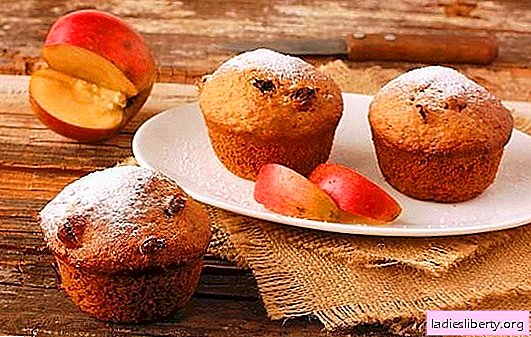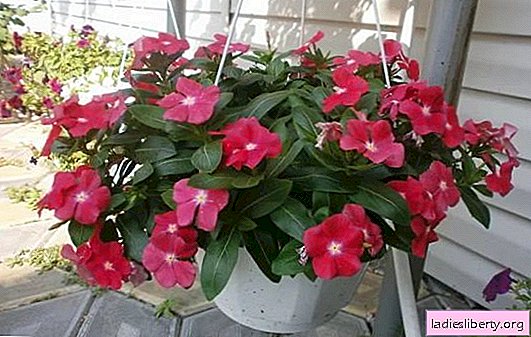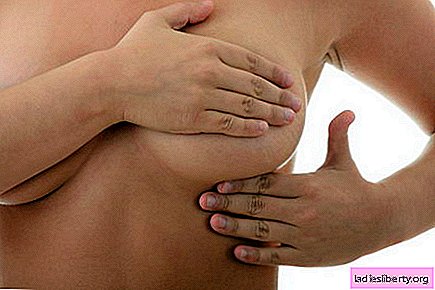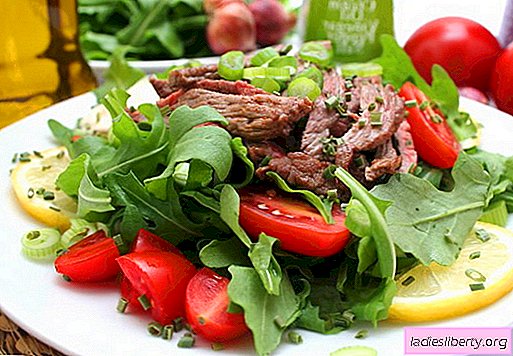
Korovyak - general description
Mullein (royal candle, royal scepter, divin, bear’s ear, curiosity) - a two-year plant, which reaches a height of 1.5-2 meters. Confusing a mullein with other representatives of the plant world is quite difficult, it has such external features as felt pubescence of the stem, yellow flowers collected in a bunch, the fruit is a box.
Harvesting plants for subsequent use for medicinal purposes occurs during flowering and ripening. Leaves and flowers are harvested in June and July; seed time begins in September and October.
Korovyak - types and places of growth
Korovyak is a fairly common plant, it is found on the territory of the European part of Russia, in Scandinavia, the Baltic States, Belarus, the North Caucasus, and on the coast of the Black and Mediterranean Seas. The ear of a bear can be found in places dominated by gravel, sand, and rocky soil. Clogged meadows, landfills, ruins - a favorite habitat of mullein, the plant can also be found on the banks of rivers and lakes, in ravines, parks and along roadsides.
Korovyak - healing properties
For many decades, folk healers used mullein as a medicine. The royal candle has anti-inflammatory, analgesic and expectorant properties. I use different parts of the plant in the treatment of diseases of the upper respiratory tract, in particular with whooping cough and bronchitis. A bear ear helps with pneumonia and emphysema.
Mullein decoctions help with atherosclerosis, the initial stage of hypertension, flu and herpes virus. The leaves of the plant are used for inflammation of the bladder, kidney stone disease, severe swelling, mullein helps with gastritis, ulcers and hemorrhoids.
Divin is not only taken orally, it is used to make powder and ointments that are applied to problem areas of the body, for example, in case of rheumatism, arthritis, inflammation of the facial nerve, in the presence of lichen, eczema, abscesses and boils.
Nursing women sprinkle nipples with a bear’s ear powder, if cracks appear on them, use tincture for the same purpose.
Broths of mullein rinse hair to make it strong and beautiful.
Mullein - dosage forms
Usually, drugs are prepared from the leaves and flowers of mullein, less often use the root of the plant (with urolithiasis).
Leaves and flowers are harvested during the flowering period, which occurs in July and August. If everything is relatively clear with leaves - pick and dry, then with mullein flowers the situation is somewhat more complicated. People’s healers say that it is necessary to collect flowers without cups, and this must be done before noon, the inflorescence collected at another time quickly loses its medicinal properties. The fact is that the flowers of a bear’s ear blossom only one day, blooming in the morning and scattering in the evening. Too early collection is also not desirable, it will not allow moisture to evaporate and will make the drying process problematic and lengthy.
Dry the leaves and flowers as follows: spread the blanks in a thin layer in the attic or in another darkened and well-ventilated room and turn it daily. You can try to dry the mullein in the oven at a temperature of 40-50 ° C. The drying process ends at the moment when the leaves and flowers crumble into powder.
hurt the raw materials in a glass bowl or paper bag, useful properties are preserved for 2 years.
Mullein - recipes
Mullein tincture for liver diseases:
Mullein flowers, chicory root, rose hips, tops of the immortelle take in equal proportions. 2 tablespoons of the mixture pour 1 cup of water and simmer over low heat for 10 minutes, then let it brew for 2 hours. After the liquid has cooled, add 2 tablespoons of honey. Take 3 times a day 2 hours after eating (adults - 50-100 milliliters, children - 30-40 milliliters).
Mullein tincture with rheumatism and radiculitis:
Mullein infusion is diluted with vodka (1:10) and lubricate the back and joints.
The recipe for oil tincture:
3 tablespoons of flowers of a bear’s ear, pour 100 milliliters of vegetable or olive oil, let it brew for 20-30 days.
Mullein - contraindications
For people, the mullein is safe, at least in the process of research, no negative peptides and side effects of the plant were found.
Comments











